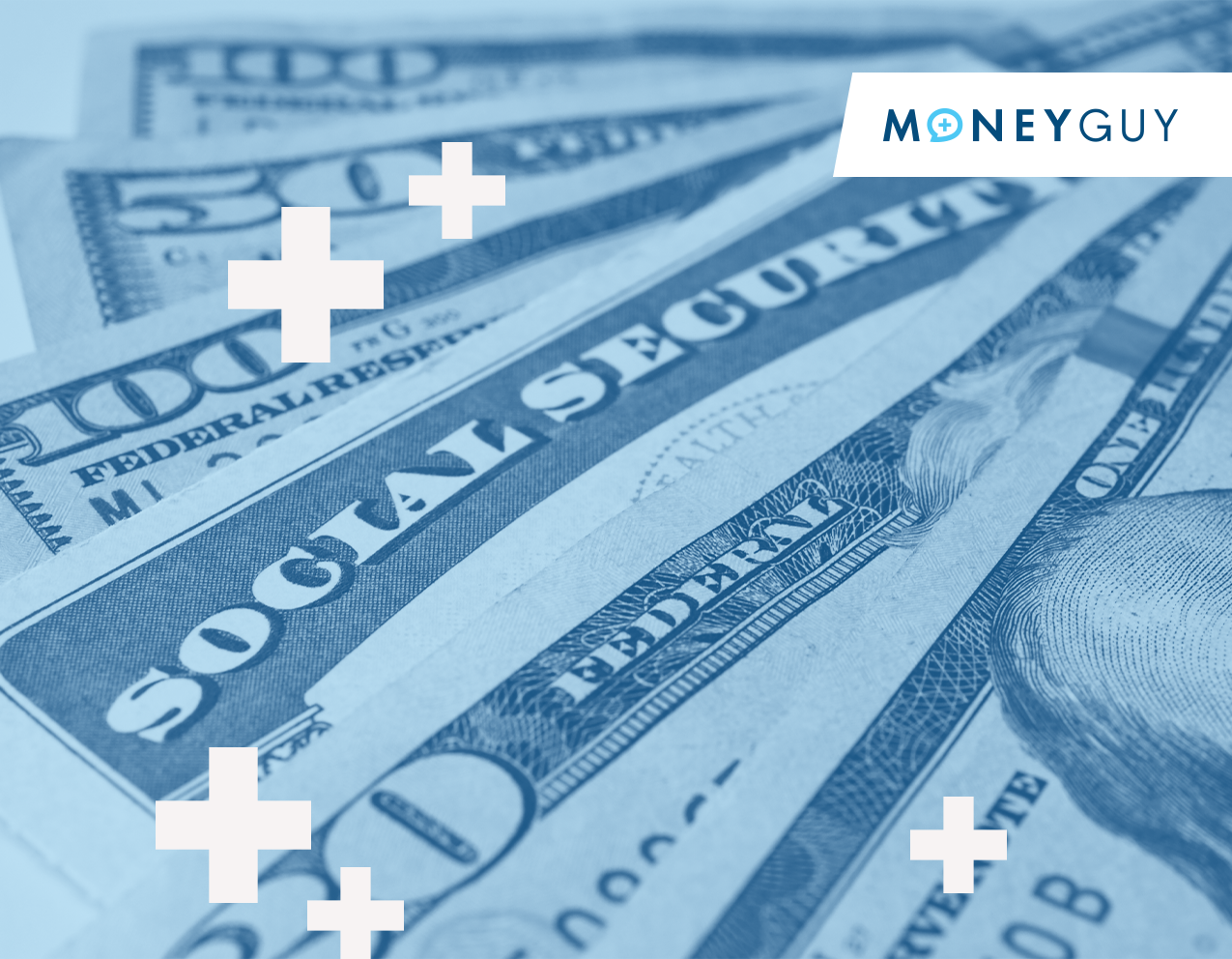Beck has a question for you guys. My employer doesn't offer a 401k yet. What advice do you have for approaching my employer about adding this benefit? Thank you.
I mean, I'll say the first look, the government—there are so many reasons why 401ks are incentivized within our taxpay code. The first is the government wants you to be saving for the future. They know that's a healthy citizenship with good resources to be able to pay their taxes well, and they don't need as much from the government. So, that's why they have really incentivized this to the point that if your employer is considering doing a 401k, especially if they have any type of profit, and especially if they're now reaching fruitful profit and they're trying to create their own inevitable wealth journey, um, with their small business or company, they're crazy if they don't do a 401k. It is one of the most heavily incentivized legal ways for small business owners to legally hide money from the government. I mean, is that a fair way to say it?
That's perfect. You know what's really interesting, and once I'm smiling to myself as Beck is saying, "Hey, how do I do this? How do I approach negotiation?" I'm going to give you two book recommendations to go, either Audible or if you're a Blinker, you can go Blink them or just go buy the book and actually read the book. What a novel idea. Chris Voss has a book, "Never Split the Difference," which talks about negotiation and how you can approach negotiation. That's an interesting, what's good, a little more modern. And then the other one is Dale Carnegie's "How to Win Friends and Influence People." Here's what I think is great. If you're trying to put an employee 401k in place at your employer, what you don't want to lead with is, "Hey boss, let me tell you all the reasons why you should do this thing for me. Let me tell you all the reasons why you should just take care of me." If you can figure out why adding the 401k, putting it in place, can be a net benefit not just to you but to all of your colleagues, all of your co-workers, all the future hires, and even the employer themselves, and hey, I know that there are tax savings availabilities and now plans are really, really inexpensive. They used to be super costly, now they're not costly. And if we do a safe harbor plan, you, as the boss, can put in a lot more if you only have to do like this minimum contribution for the employees. And you can even strap on like profit sharing and other types of benefits. If you can structure the communication in a way that really drives home how valuable it will be for the organization as a whole, and then you say, "Oh, and by the way, boss, I am happy to do the research, the legwork, have the conversations, and do the vetting. I can present you some options that might be really, really good for us to do." If you can present it that way, here's the value that it is and here's how I can make your life so easy, you'll be amazed. There's a really good chance your employer will say, "You know what, sure, put together a proposal, let me see it." And so, then you go put the numbers together and you bring them on, you show your employer, and I say, "You know what, yeah, let's do that. We've actually had folks here at this firm that said, 'Hey, there's this benefit and I think it'd be great, and to save on payroll tax here and do this and this,' and I've done some research and here you go." Or, like, you know what, that's great, that's well-formed, it's well-thought, it's going to be good for everyone involved. If you can figure out how to approach presenting it that way, you might be amazed at how much power you have to impact change at your company, even if you have a 401k in place but maybe it doesn't have low-cost investment options or maybe the choices aren't great or maybe it's not diversified. You can employ that same strategy, and you'll be amazed at how easy it is to get the person on the other side of the table to be sitting at the table right next to you.
Yeah, I was having a business meeting with somebody, oh, I'll just say in the publishing industry, and they mentioned that they were, um, their retirement plan structure for this publishing company. I was like, "What? Let's get that thing turned into a 401k because I'm telling you, the owner, if they see all these benefits, they are going to be ready to do it, and you're going to be the net beneficiary as well." Because that's what I love about retirement plans design is it, they, the government gives these employers this carrot and says, "Look, if you'll just do this for your employees, I'll let you have this." And just to give you some brief numbers, like a safe harbor plan like Beau was talking about, that basically means your employer is going to need to give three to four percent, depending on how it's structured, to the employees. But if they will do that and that money is vested immediately, that's the thing about a safe harbor, it doesn't have like a long vesting schedule or something like that. If you do that type of structure, your employer might be able to save for themselves around sixty-six thousand dollars, and if they're 50 and over, you can add another 7,500 on top of that. We're getting into big bucks that, um, that quickly will help somebody who's running a very profitable business, and it helps you, the employees too.








